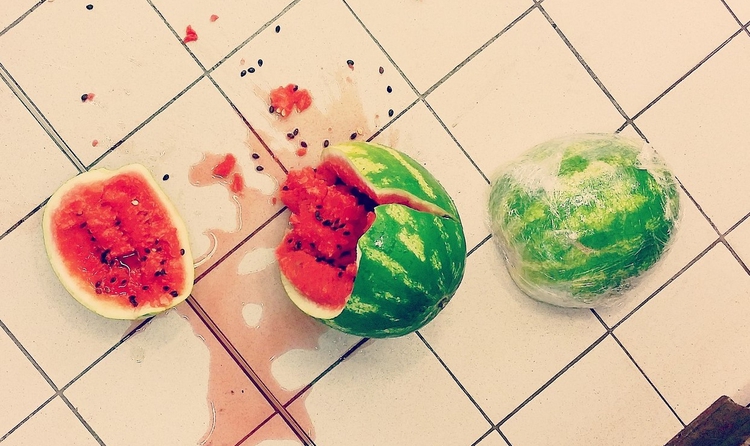Bacteria do not wait five seconds to jump onto your food after it falls on the floor

Contamination can occur instantly, and it depends more on the type of food, the type of soil and how clean it is

You asked us via our WhatsApp service about the popular belief that, when food falls to the floor and you pick it up “after five seconds” that you can eat it because it “doesn’t have bacteria”, an idea that has been shared in several tongue-and-cheek videos on YouTube. However, the belief that microorganisms wait that much time to jump onto food, known as the five-second rule, is erroneous.
The little scientific research that has been carried out on this subject has shown that contamination can occur immediately. Although the time which we leave the food on the floor is a variable which should be taken into account, the food’s characteristics, the surface on which it has fallen or its cleanliness are factors that are equally or more important to consider.
Two peer-reviewed articles
Little scientific research has been done on the validity of the five-second rule. The only two publications reviewed by peers on the subject, one from 2007 and the other from 2016, have arrived at similar conclusions: although the time that a piece of food is in contact with a contaminated surface has an effect on the quantity of microbes that are transferred, there are other equally or more important factors that influence the contamination, which can occur instantaneously.
“The five-second rule is a significant oversimplification of what actually happens when bacteria transfer from a surface to food,” the latter article concludes. The researchers found that foods with a high moisture content, such as watermelon, were contaminated more frequently and more quickly than dry ones. While the contamination of watermelon occurs in less than one second, the quantity of microorganisms present in fruit jellies went undetected after five minutes.
The material a floor is made out of is also important: the smoothest surfaces, such as tile floors, stainless steel or wood transfer microorganisms better than bumpy ones, such as carpets.
What’s more, the 2007 study found that the quantity of bacteria present on the floor influences the extent to which the food is contaminated. “It depends on just how much bacteria can make it from floor to food in a few seconds and just how dirty the floor is,” explained Paul Dawson, professor of Food Science at the Clemson University and lead author of the study in The Conversation.
To eat or not to eat, that is the question
“When a piece of food falls on the floor, we don’t have the time or means to evaluate all the determining factors, which is why the best thing you can do is not eat it”, concludes an article on the CSIC website by Javier Sánchez, researcher in bioactive compounds, nutrition and health at Instituto de la Grasa research centre. Both the United States Department of Agriculture (USDA) and the Johns Hopkins All Children’s Hospital agree on this recommendation.
“In general, it appears to be fairly harmless to eat things that have fallen on the floor for just a few seconds”, refutes paediatrician at the University of Indiana Aaron Carroll in his book “Don’t swallow your gum!: Myths, half-truths, and outright lies about your body and health” (page 134). His conclusion is the same as Dawson’s in The Conversation: “So the next time you consider eating dropped food, the odds are in your favour that you can eat that morsel and not get sick”, given that the risk that there are bacteria can cause severe illnesses right in that particular spot is low.
In the end, bacteria and other microorganisms are not only on the floor, but accumulate, including in higher quantities, on surfaces to which we do not pay as much attention, such as our mobile phone, money, kitchen worktops or light switches. “Research (and common sense) tell us that the best thing to do is to keep your hands, utensils and other surfaces clean”, concludes Dawson.